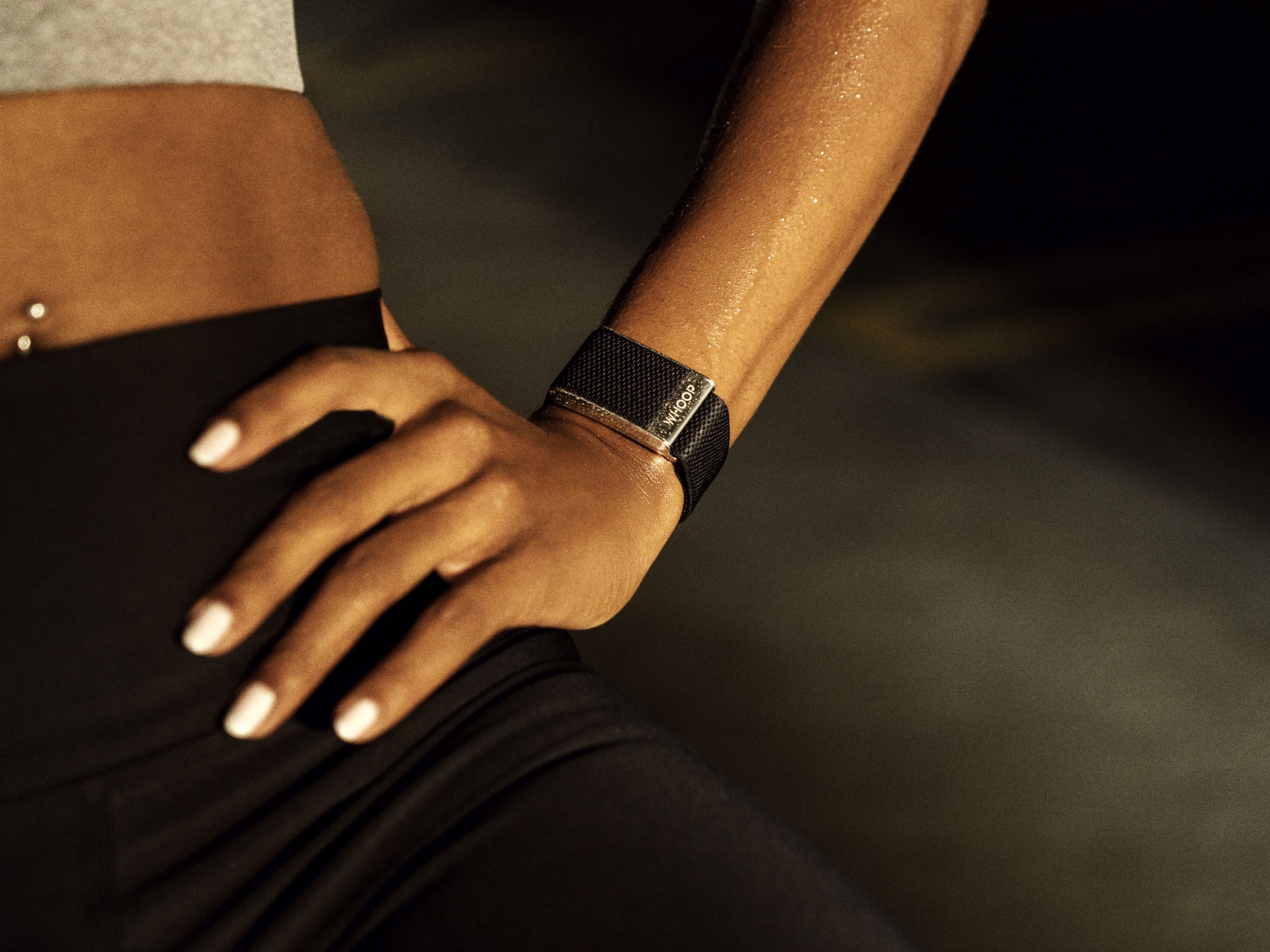Whoop Fitness Tracker Review:
The Fitness tracker; something that once began as a bit of a ‘gimmick‘ many were sceptical of. From when athletes started to use them in the form of heart rate belts and chest straps, to when Apple then released their own watch, doubling up as an accessory and a health monitor. From then onwards the market has burst beyond the offerings by Apple and Garmin and today, fitness trackers are no longer locked to the wrists of athletes. Whoop are at the forefront of this movement.
As an advocate of healthy living, I’ve used Fitbit and I’ve used My Zone, but neither of these made me look at my life holistically. We’re told by coaches, doctors and sports scientists alike that you don’t just get stronger in the gym, you get just as strong during your rest because this is the time when your body repairs itself from the increased strain you put it under. Sounds like a contradiction doesn’t it? But this is exactly what Whoop teaches you to understand using real-life data and actionable insights so you can approach your training mindfully and make long-lasting changes to your lifestyle. Increased strain = increased need to recover, so use these insights to prime your mind and body for peak performance in your training, work, and your general health! So what makes Whoop stand out?
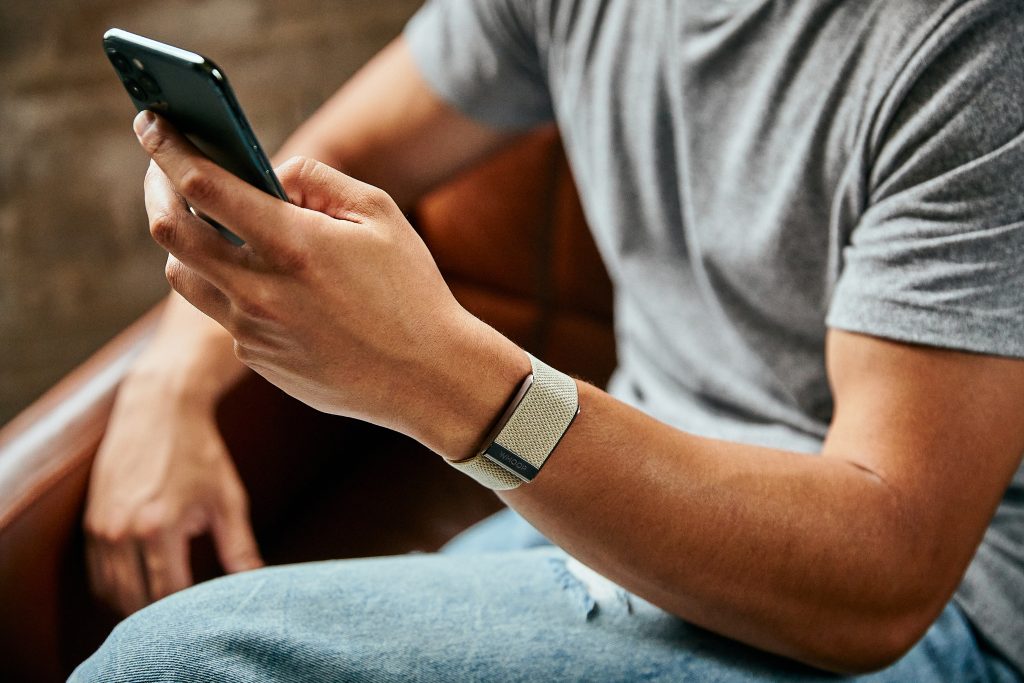 Whoop vs Apple
Whoop vs Apple
Aesthetic
Whoop is a screenless strap to be worn on your wrist, but don’t be fooled by its simplicity. The sensors do all the work in the background, tracking your movement, heart rate and even your temperature 100 times per second (more accurate than any other tracker on the market). This data is then projected via the easy to use phone app. In comparison, the Apple Watch only collects heart-rate data at a high frequency during workouts. Otherwise, it only samples your heart rate every few minutes.
Charging
Unlike the Apple watch, you can actually charge your strap while you’re on the go using it’s smart, slide-on battery pack, so you needn’t fear missing the data from your sleep or daily activity. The full charge lasts around 5 days.
Subscription
Because Whoop is based on a subscription model, you get far more than the descriptive analytics of an Apple watch. The app presents this data and coaches you to make daily adjustments in mind of how primed your body is for activity, which in the long run, supports you in making overall lifestyle changes for the better. This is in the form of the app’s ‘Sleep coach’ (which gives daily recommendations on how much time you need to spend in bed considering your day strain), and ‘Strain coach’ where you can set a strain goal for your daily activities (e.g do you want to be restoring your body or ‘tapering’ ahead of a competition? Training at ‘optimal’ – making maximum fitness gains without carried fatigue? Or overreaching to create a super-compensation effect to build your capacity for a higher level of performance? Note that overreaching day after day can lead to a recovery deficit where you end up declining in gains i.e burnout, and pose the threat of injury). You can even be coached throughout your workout in real-time.
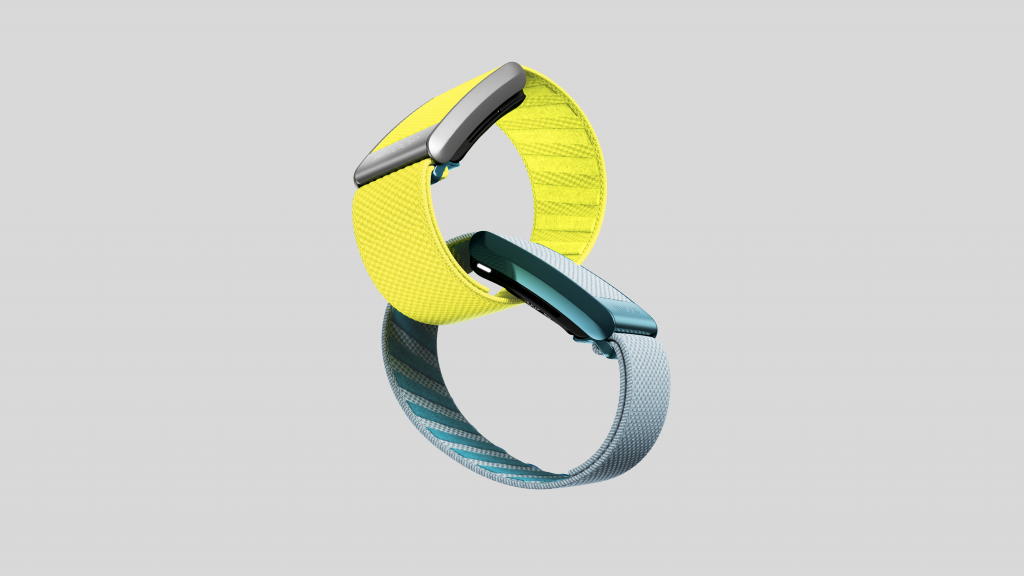 Podcast
Podcast
The Whoop podcast is excellent and provides an education beyond the app’s coaching feature. With interviews from medical professionals (who are not only experts in their field, but are pioneering critical research in sports science), key topics are discussed in a humble yet stimulating way that makes sense to the regular person like you or I. Interviewees also include NFL athletes, Olympians, Pro-golfers, Navy SEAL’s and CEO’s; all using Whoop to optimise their performance (and no these aren’t paid or ambassadors in the usual sense of the term!), so content is ever-engaging and connects you to a community of like-minded fitness enthusiasts.
How it works
For Whoop to be useful, the data it collects is the most important factor. The strap tracks biometrics like resting heart rate and heart-rate variability (HRV), something I had little understanding of previously. Find these in of this article.
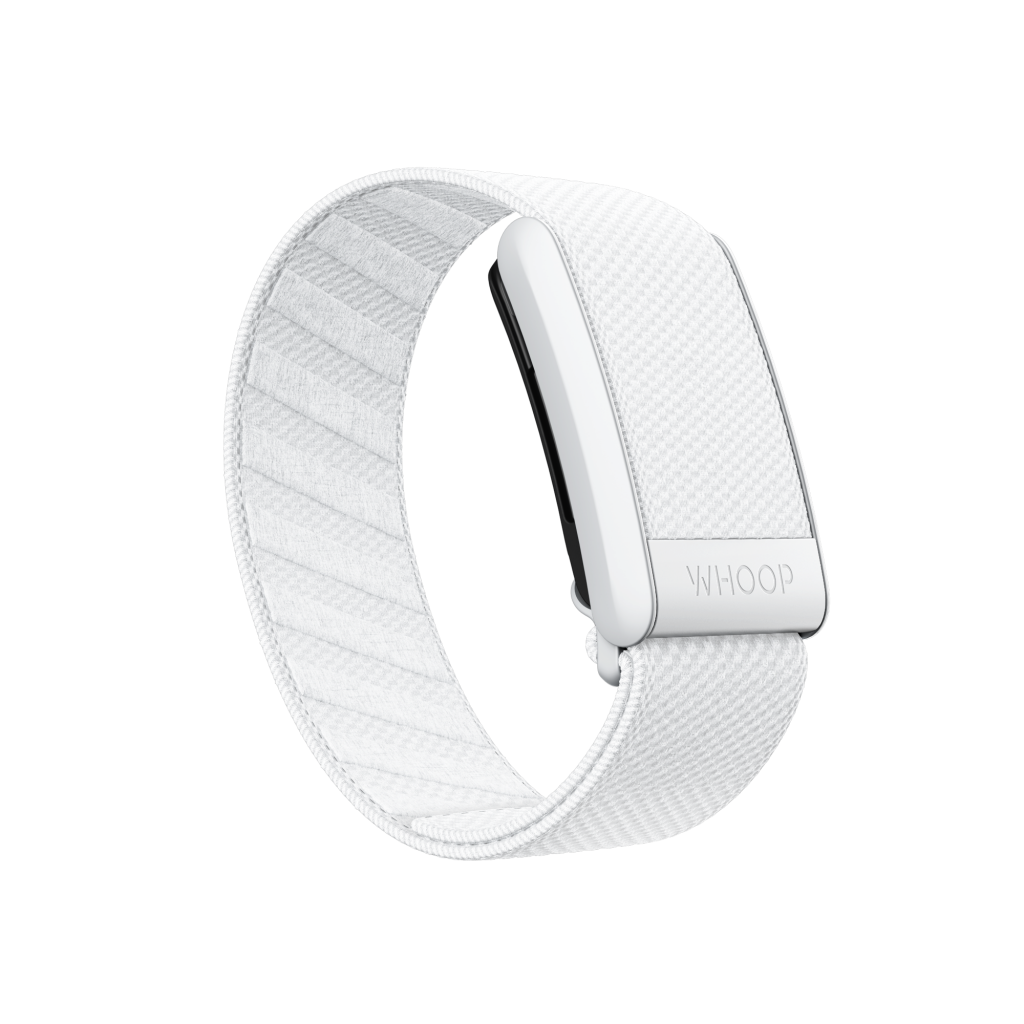 What I liked
What I liked
1.The Journal
The daily performance assessments are really useful because they gave me an indication of which lifestyle factors have impacted your recovery and sleep scores. Did I work late? Sleep in my own bed? What time did I have my last coffee? Adding in this data helps Whoop to monitor the impact of these behaviours I hadn’t realised impacted my recovery – the most alarming learning from this was the impact of alcohol on sleep and resting heart rate – even just one drink!
2.A holistic approach
Whoop adds a sense of purpose to my training and daily habits, further helping me towards my long-term health goals both physically and mentally. For example, this year I’ve really wanted to practice being more mindful, with the goal of leading a healthy, balanced lifestyle. The Whoop metrics allow me to break down and visualise the effect of changes to daily habits (such as not meditating before bed) in support of this goal.
3.Educational aspect
I love being able to actually learn about my body so I can understand the why behind prioritising certain habits, rather than relying on a professional to give me their insight. I find this is most important for making lasting changes to optimise my health.
4.Detecting covid
It was Whoop that made me realise my body was fighting something beyond its daily strain. One afternoon I felt sluggish but assumed it was because I’d had a very active day the day before. The following morning my HRV had plummeted while my RHR and respiratory rate shot up, indicating that my heart and lungs were having to work a lot harder than usual even just to carry out basic physiological functions. I tested positive the same morning – if it wasn’t for Whoop I’d probably have rested for a few days but shaken it off without considering a test!
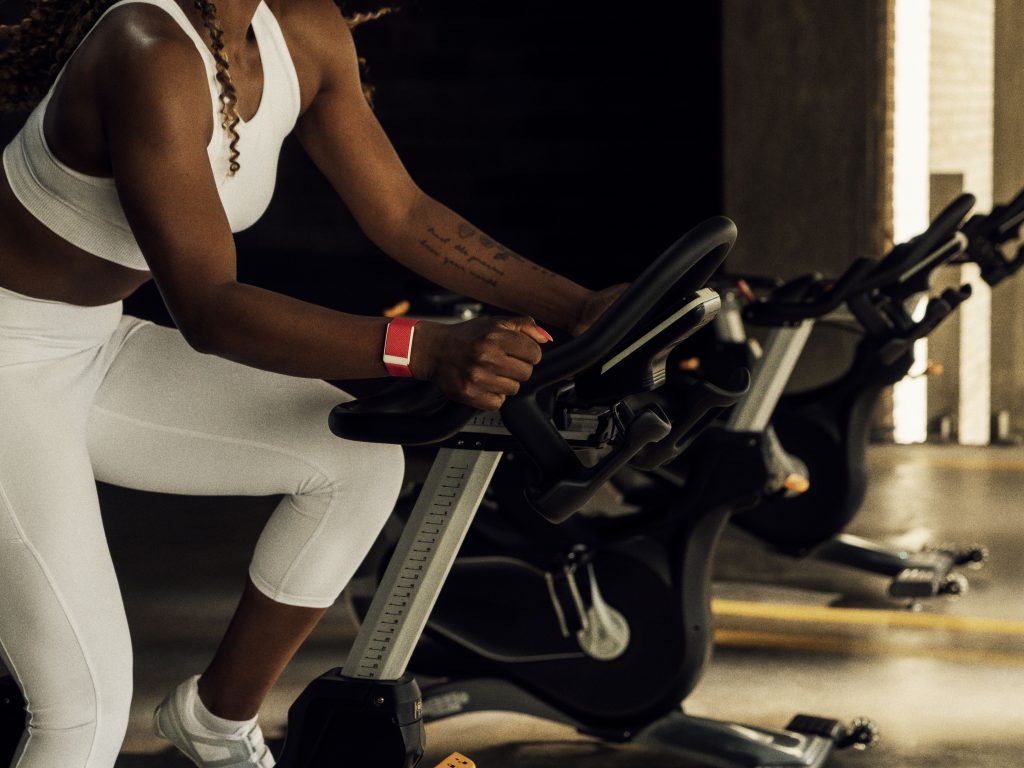 What I didn’t like
What I didn’t like
1.No GPS
Because the strap doesn’t have GPS it won’t measure distance and other metrics for activities like walking or running. I’d like the strap to be tracking things like my steps and pace while running.
2.Apple Health
Whoop doesn’t integrate with Apple Health. I personally only use Apple Health to track my steps so this is a minor thing, but I understand many people track more serious data such as their blood pressure and glucose levels. It would be helpful if all of the data collected could be integrated into one app like Apple Health, to summarise overall wellbeing.
3.Tracking low-cardio workouts
Even though anaerobic workouts such as weightlifting and pilates add to muscular strain, these don’t measure well due to the minimal impact these have on your heart rate and therefore these added little to my overall daily strain.
My verdict?
What separates Whoop from the rest is that it delivers all of these insights in an accurate and engaging way which makes you seriously reconsider your habits. For example, I’ve always disregarded my sleep and too often continued the day to day grind of working out. Having the Whoop strap has got me to place far more value on my sleep, helping me to perceive whether my body is readily equipped for the daily tasks ahead.
 If you want to be able to gauge how impactful the diet, sleep, recovery, and training changes you’re making actually are, Whoop is a great way to do that because you’ll be able to see how they’re affecting your RHR, HRV, sleep, and recovery! My advice is that if you’re going to invest in the subscription, really stick to it and invest your time in listening to the podcasts so you can properly interpret the data your band presents to you, as well as continually grasp the newest analytics, coaching features and feel a part of the community.
If you want to be able to gauge how impactful the diet, sleep, recovery, and training changes you’re making actually are, Whoop is a great way to do that because you’ll be able to see how they’re affecting your RHR, HRV, sleep, and recovery! My advice is that if you’re going to invest in the subscription, really stick to it and invest your time in listening to the podcasts so you can properly interpret the data your band presents to you, as well as continually grasp the newest analytics, coaching features and feel a part of the community.


